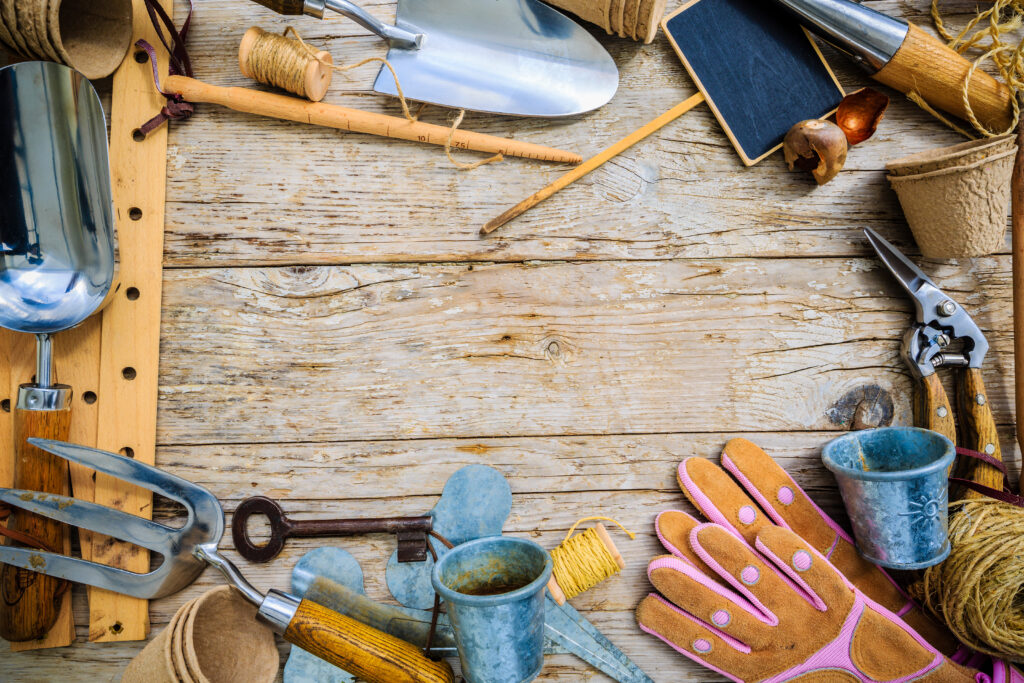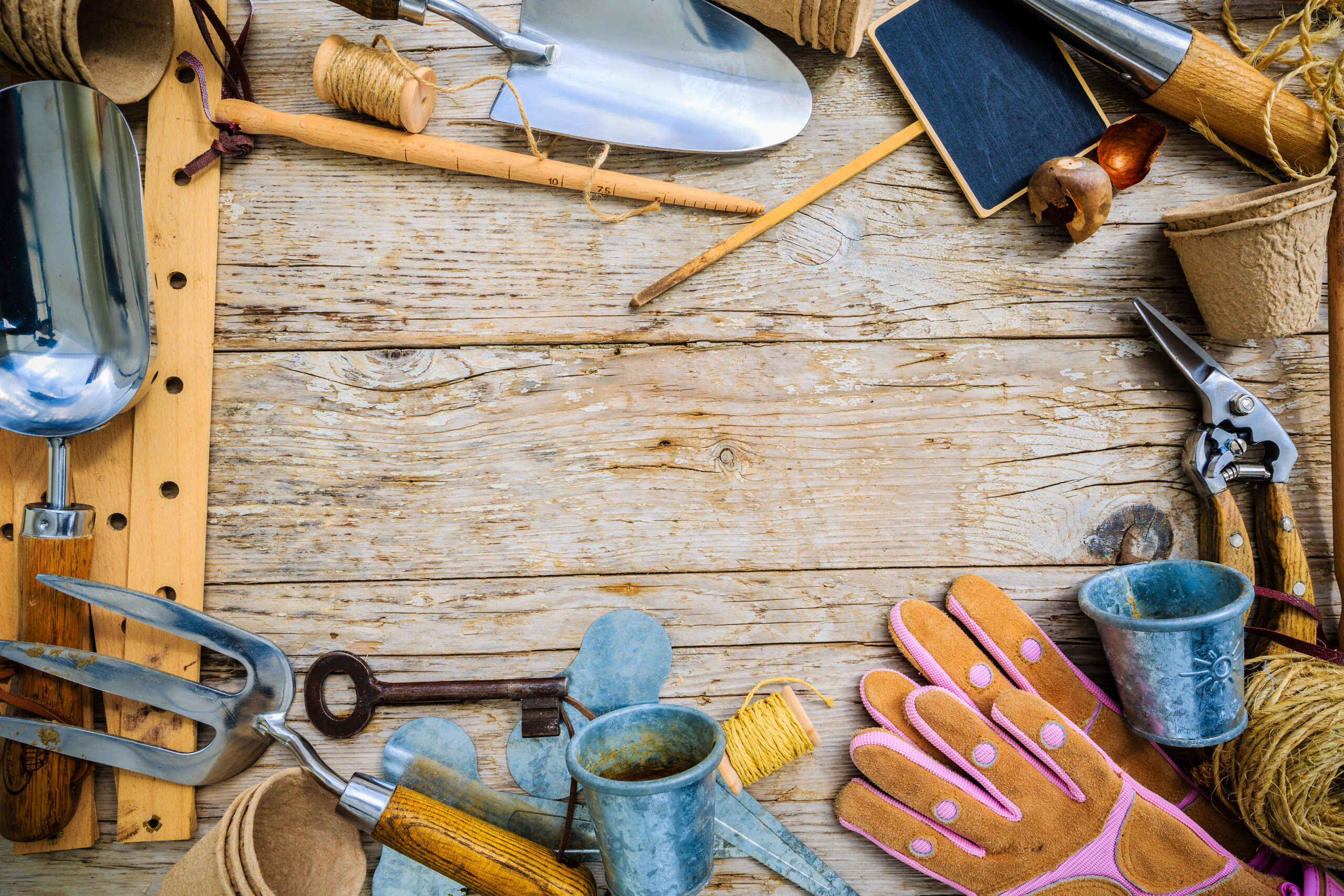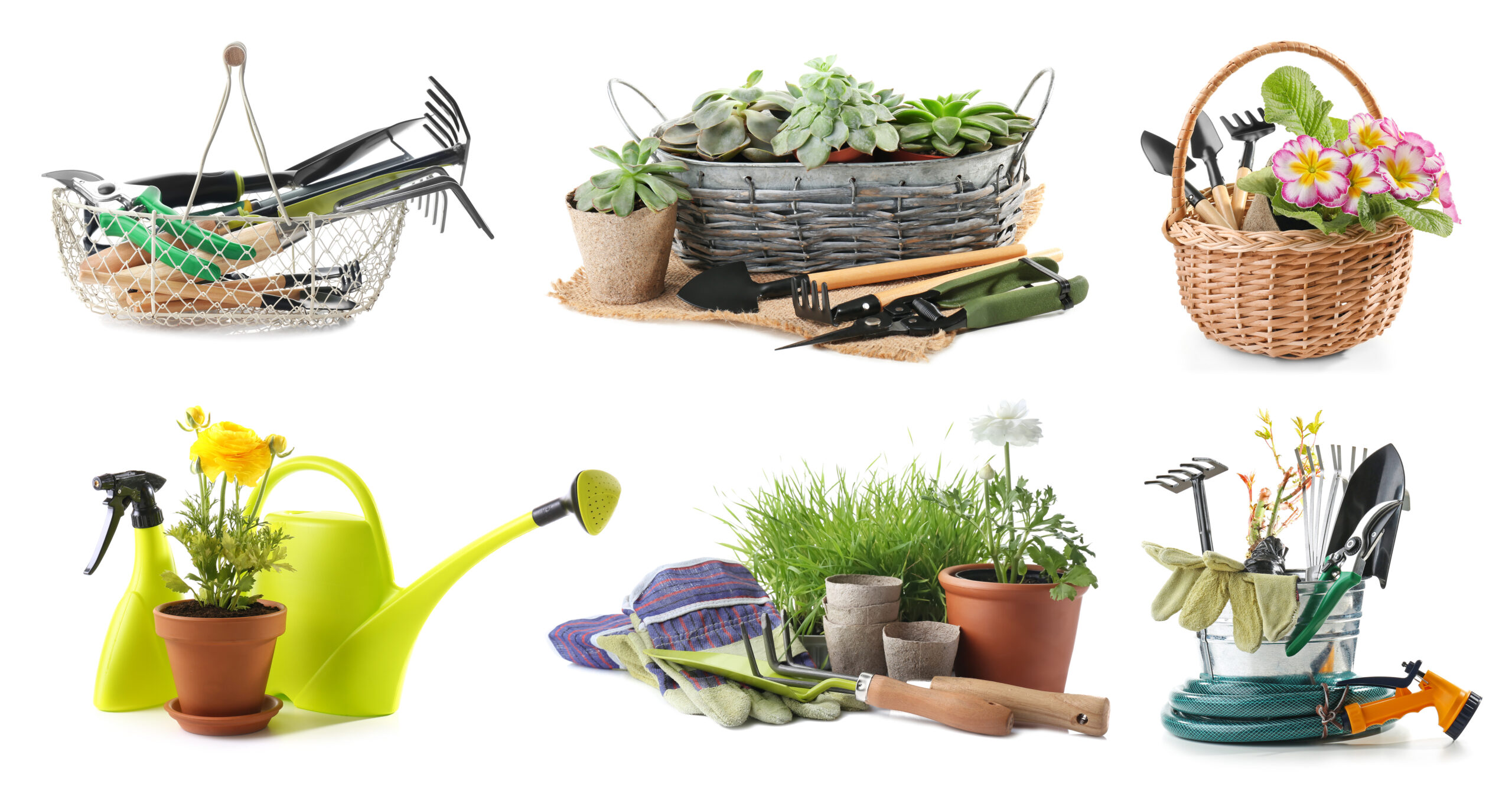
Envisioning Your Ideal Landscape
Imagine stepping into your backyard and being greeted by a beautiful, harmonious landscape that reflects your style and personality. Envision how you want to use your outdoor space—whether for entertaining, relaxation, or gardening—and let that vision guide your design decisions. Consider factors like the size and shape of your yard, existing features, and any specific needs or preferences you have. This initial step sets the stage for creating a landscape that enhances your home and lifestyle.
Planning Your Landscape Layout
Once you have a clear vision for your landscape, it’s time to plan the layout. Sketch out a rough design that includes key elements like pathways, seating areas, and garden beds. Consider how you’ll navigate through the space and how different areas will flow together seamlessly. Pay attention to proportions, balance, and focal points to create a cohesive and visually pleasing layout. Your landscape plan serves as a blueprint for bringing your vision to life and ensures that all elements work together harmoniously.
3. “Choosing the Perfect Plants: Curating Your Garden Palette”
Selecting Plants That Suit Your Climate
Choosing plants that are well-suited to your climate is essential for a thriving garden. Research the hardiness zone and average growing conditions in your area to determine which plants will thrive in your garden. Consider factors like sunlight exposure, soil type, and water requirements when selecting plants. Native species are often a great choice, as they’re adapted to local conditions and require less maintenance.
Creating a Cohesive Planting Scheme
A cohesive planting scheme ties your garden together and creates a sense of unity and balance. Choose plants that complement each other in terms of color, texture, and form. Aim for a mix of heights, shapes, and bloom times to create visual interest throughout the year. Group plants with similar water and sunlight needs together to simplify maintenance and ensure optimal growing conditions.
4. “Structuring Your Outdoor Oasis: Incorporating Hardscape Elements”
Enhancing Functionality with Hardscape Features
Hardscape elements like patios, walkways, and retaining walls add structure and functionality to your outdoor space. Consider how you’ll use your garden and incorporate features that support your activities. Design a patio for dining and entertaining, create pathways for navigating through the landscape, and build retaining walls to define garden beds and terraced areas. Choose materials that complement your home’s architecture and the surrounding environment.
Creating Inviting Outdoor Living Areas
Outdoor living areas extend your home’s living space into the garden, providing places to relax, dine, and socialize. Design comfortable seating areas with durable, weather-resistant furniture and accessories. Incorporate features like fire pits, pergolas, and outdoor kitchens to enhance the ambiance and functionality of your outdoor oasis. Personalize your outdoor living areas with decorative elements like cushions, rugs, and lighting to create a welcoming and inviting atmosphere.
5. “Maintaining Your Garden Sanctuary: Essential Care and Upkeep”
Providing Adequate Watering
Proper watering is essential for maintaining a healthy garden. Monitor soil moisture levels regularly and adjust your watering schedule as needed based on weather conditions and plant needs. Water deeply and infrequently to encourage deep root growth and drought tolerance. Consider using drip irrigation or soaker hoses to deliver water directly to plant roots and minimize evaporation.
Implementing Integrated Pest Management
Pests and diseases can pose a threat to your garden’s health if left unchecked. Implement integrated pest management strategies to manage pest and disease problems effectively. Monitor your garden regularly for signs of pests and diseases, and take action promptly to prevent outbreaks. Use natural predators, organic pesticides, and cultural practices like crop rotation and sanitation to keep pests and diseases under control.
6. “Maximizing Limited Space: Gardening in Containers and Vertical Gardens”
Embracing Container Gardening
Container gardening is a versatile solution for gardening in small spaces, allowing you to grow plants on patios, balconies, and rooftops. Choose containers of various sizes, shapes, and materials that suit your aesthetic preferences and plant needs. Select plants that thrive in containers, such as herbs, vegetables, and flowers, and provide them with proper soil, drainage, and sunlight for optimal growth. Container gardening offers endless possibilities for creating beautiful and productive gardens in limited spaces.
Harnessing Vertical Gardening Techniques
Vertical gardening is another space-saving technique that maximizes growing area while adding visual interest to your outdoor space. Install trellises, arbors, or vertical planters to support climbing plants like vines, cucumbers, and tomatoes. Consider incorporating living walls or hanging baskets to create vertical gardens that cascade with foliage and flowers. Vertical gardening allows you to maximize space and showcase a wide variety of plants in a small footprint.
7. “Growing Your Own Fresh Bounty: Tips for Successful Vegetable Gardening”
Choosing the Right Location
Selecting the right location is essential for a successful vegetable garden. Choose a spot with plenty of sunlight, good soil drainage, and easy access to water. Consider factors like proximity to your home, wind exposure, and potential pest issues when siting your vegetable garden. Plan for future expansion and rotation to ensure a productive and sustainable garden.
Planning Your Garden Layout
Careful planning is key to maximizing space and productivity in your vegetable garden. Sketch out a garden layout that considers factors like plant spacing, crop rotation, and companion planting. Group plants with similar sunlight, water, and nutrient requirements together to optimize growing conditions and minimize competition. Plan for succession planting to extend your harvest throughout the growing season and make the most of limited space.
8. “Creating a Sanctuary for Wildlife: Attracting Birds, Butterflies, and Beneficial Insects”
Choosing Wildlife-Friendly Plants
Selecting plants that attract birds, butterflies, and beneficial insects is essential for creating a thriving ecosystem in your garden. Choose a diverse selection of native plants that provide food, shelter, and nesting sites for wildlife. Incorporate plants with different bloom times and colors to attract a
variety of pollinators and create a vibrant and dynamic garden environment.
Providing Water and Shelter
In addition to food sources, wildlife also need access to water and shelter to thrive. Create water features like birdbaths, ponds, or shallow dishes to provide drinking and bathing opportunities for birds and other animals. Incorporate dense vegetation, shrubs, and trees to create sheltered areas where wildlife can rest, seek refuge from predators, and nest. By providing essential resources, you can create a welcoming habitat for wildlife and enjoy the beauty and benefits they bring to your garden.
These top 15 topics cover essential aspects of outdoor gardening, providing insights and practical tips for creating and maintaining a beautiful and functional outdoor space. Whether you’re a novice gardener or seasoned enthusiast, there’s always something new to learn and explore in the world of outdoor gardening.



